Wildlife vs Forestry Careers
- September 18, 2024
- 0 comment
Both wildlife and forestry careers fall under the umbrella of environmental and natural resource management. However, they focus on different aspects of the natural world.
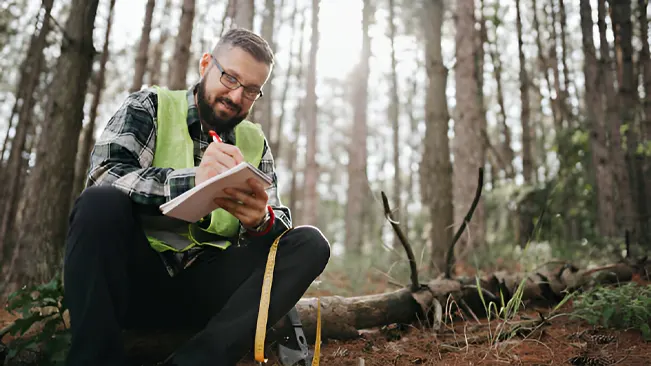
Understanding these differences is essential to choosing the career that is the best fit for your interests and long-term goals.
- Wildlife careers are centered around the conservation, study, and management of animals and their habitats.
- Forestry careers involve the management of forests for conservation, economic production, and recreational purposes.
Wildlife Careers Overview
A career in wildlife can be highly diverse, offering opportunities to work with a variety of animal species, both in the wild and in controlled environments. Wildlife professionals may be engaged in research, conservation, rehabilitation, or management efforts.
Job Roles in Wildlife Careers
Some of the most common job titles in wildlife careers include:
Wildlife Biologist
Wildlife biologists conduct research on animal behaviors, ecosystems, and populations. They work to protect endangered species, monitor wildlife health, and study the impact of human activity on wildlife.
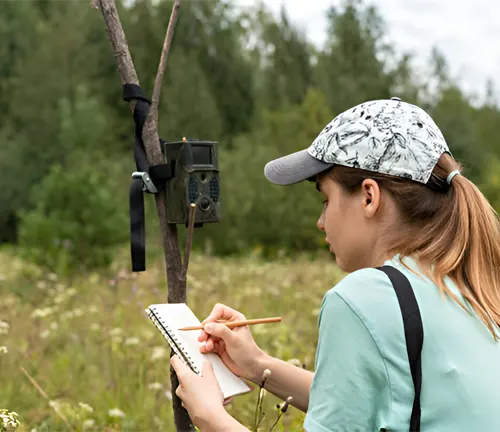
Conservation Officer
Conservation officers enforce laws related to wildlife protection, including poaching laws and habitat preservation regulations. They may also assist in public education efforts.
Wildlife Rehabilitator
Wildlife rehabilitators care for injured or orphaned animals, nursing them back to health and, when possible, releasing them back into the wild. This role often requires extensive knowledge of animal care and veterinary practices.

Ecologist
Ecologists study the relationships between animals, plants, and their environments. Their research helps in understanding how ecosystems function and how they can be conserved.

Education and Skills for Wildlife Careers
Most wildlife careers require at least a bachelor’s degree in biology, zoology, ecology, or a related field. Advanced positions, particularly in research, may require a master’s degree or PhD.
Essential skills for wildlife professionals include:
- Analytical thinking for conducting research and analyzing data.
- Communication skills for writing reports, presenting findings, and educating the public.
- Physical endurance as fieldwork can involve long hours outdoors in various weather conditions.
- Knowledge of wildlife law to ensure compliance with conservation regulations.
Wildlife Career Challenges
Working in wildlife careers often means dealing with unpredictable conditions and long hours, especially when conducting fieldwork. Job availability can also be limited, particularly in specialized roles or remote locations.
Despite these challenges, many wildlife professionals find their work highly rewarding, particularly when they can see the positive impact of their efforts on animal populations and ecosystems.
Forestry Careers Overview
Forestry careers focus on the management, conservation, and use of forest resources. Professionals in this field may work for government agencies, private companies, or conservation organizations. The primary goal in forestry is to balance the ecological and economic values of forests.
Job Roles in Forestry Careers
Forester
Foresters manage forest lands, ensuring sustainable use of resources. They may oversee timber production, reforestation efforts, and forest health monitoring.
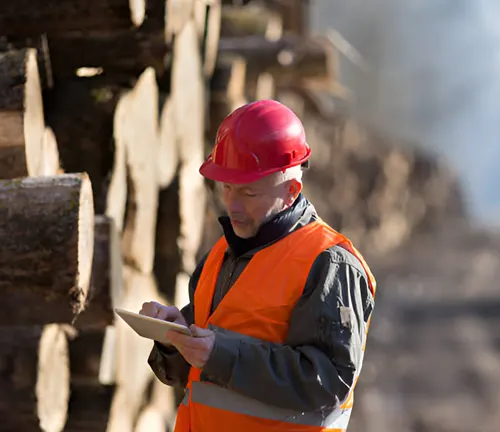
Forest Ranger
Forest rangers work in national and state parks, maintaining trails, protecting wildlife, and ensuring visitors follow regulations. They also play a role in firefighting and emergency response efforts.
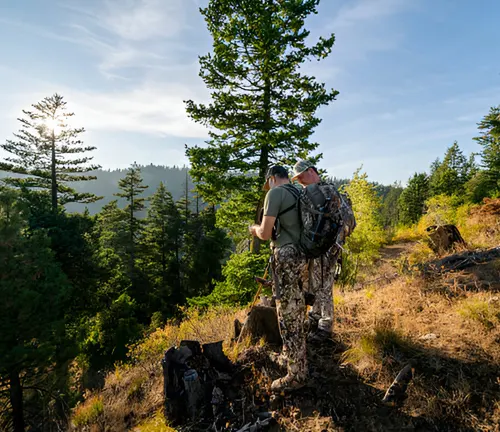
Urban Forester
Urban foresters focus on managing trees and green spaces in cities and suburban areas. Their work helps improve air quality, reduce heat islands, and create more livable urban environments.

Silviculturist
Silviculturists specialize in the growth and health of trees. They work on reforestation projects, selecting tree species for planting, and managing pests and diseases in forest areas.

Education and Skills for Forestry Careers
A bachelor’s degree in forestry, environmental science, or natural resource management is typically required for most forestry positions. Specialized roles, such as urban forestry or silviculture, may require additional certifications or advanced degrees.
Important skills for forestry professionals include:
- Technical knowledge of forest management practices and the ability to use Geographic Information Systems (GIS) for mapping and planning.
- Problem-solving skills to address issues like pest infestations, forest fires, and illegal logging.
- Communication skills to work with landowners, government agencies, and the public.
- Physical fitness, as fieldwork often involves hiking through dense forests and working in remote locations.
Forestry Career Challenges
Forestry careers can be physically demanding and may require working in rugged terrain and variable weather conditions. Additionally, managing forests for both ecological and economic benefits requires careful planning and decision-making.
However, those drawn to forestry often find it deeply satisfying to work in the outdoors and contribute to the sustainable management of vital natural resources.
Comparing Wildlife and Forestry Careers
Although wildlife and forestry careers share some similarities, they diverge in several key areas.
Focus of the Work
- Wildlife careers emphasize animals and ecosystems, focusing on species conservation, animal behavior, and habitat preservation.
- Forestry careers are centered on trees and forests, with a focus on sustainable resource management and the economic benefits of forests.
Work Environment
- Wildlife professionals often work in the field, but they may also spend time in laboratories, conducting research, or in offices, writing reports.
- Forestry professionals primarily work outdoors, managing forest areas, but they also spend time on planning and data analysis in an office environment.
Impact on the Environment
- Wildlife careers are directly involved in conserving animal species and preventing extinction.
- Forestry careers focus on maintaining forest health, balancing conservation with resource use.
Public Interaction
- Wildlife professionals may work with the public through education and outreach programs or law enforcement.
- Forestry professionals also engage with the public, particularly in roles like forest rangers, where they ensure safe and sustainable use of forest lands.
Job Opportunities and Growth
Job opportunities in both fields can be competitive, particularly for specialized roles. However, as awareness of environmental issues grows, so does the demand for professionals in both wildlife and forestry careers.
How to Choose Between Wildlife and Forestry Careers
When deciding between wildlife and forestry careers, consider the following factors:
Passion and Interests
- If you’re passionate about animals and ecosystems, a career in wildlife might be a better fit.
- If you’re more interested in forests, sustainable resource management, and conservation, forestry could be the right choice.
Preferred Work Environment
- Wildlife careers may involve more fieldwork in diverse environments, from wetlands to deserts.
- Forestry careers typically involve working in forested areas, which can be rugged and remote but may also include urban settings for those specializing in urban forestry.
Educational Path
Consider the degree programs available in your area of interest. Some schools offer more robust programs in wildlife biology, while others may have stronger forestry departments.
Career Goals
- If your goal is to work directly with animals or in conservation efforts, wildlife careers offer a more direct path.
- If you’re interested in sustainable resource management and contributing to the economic and ecological benefits of forests, forestry may offer better opportunities.
Conclusion
Choosing between wildlife and forestry careers ultimately depends on your personal interests, skills, and long-term career goals. Both paths offer the chance to make a significant impact on the environment and contribute to the conservation of our natural resources. Whether you’re drawn to working with animals or managing forest ecosystems, both fields provide rewarding careers for those passionate about nature.
FAQs
- What is the difference between wildlife conservation and forestry management?
Wildlife conservation focuses on protecting and preserving animal species and their natural habitats, while forestry management is concerned with the sustainable use and conservation of forests, balancing ecological and economic needs. - Do wildlife careers offer more interaction with animals than forestry careers?
Yes, wildlife careers typically involve more direct interaction with animals, whether through research, conservation, or rehabilitation efforts. Forestry careers are more focused on managing forest ecosystems, though interactions with forest wildlife may still occur. - What educational qualifications are required for wildlife and forestry careers?
Wildlife careers usually require a degree in biology, zoology, ecology, or related fields. Forestry careers typically require a degree in forestry, environmental science, or natural resource management. Advanced roles may require a master’s degree or PhD in either field. - Can I work in both wildlife and forestry sectors?
While the two fields are distinct, there is overlap in areas like conservation and ecosystem management. Professionals with a strong background in environmental science may be able to transition between wildlife and forestry roles. - What are the physical demands of wildlife and forestry careers?
Both wildlife and forestry careers can involve strenuous physical activity, such as hiking through rough terrain, working outdoors in varying weather conditions, and conducting fieldwork in remote areas. - Are there opportunities to work in urban areas within wildlife or forestry careers?
Yes, urban forestry is a growing field that focuses on managing trees and green spaces in cities. Additionally, wildlife professionals may work in urban settings, particularly in education, rehabilitation centers, or public outreach. - Which field offers better job stability: wildlife or forestry?
Job stability in both fields can vary based on location and funding. Forestry careers may offer more consistent employment opportunities, particularly in industries like timber production and land management. Wildlife careers may be more reliant on government funding or non-profit organizations. - What role does technology play in wildlife and forestry careers?
Technology is important in both fields. Wildlife professionals use tools like GPS tracking, drones, and camera traps for research, while forestry professionals use Geographic Information Systems (GIS), remote sensing, and data analysis to manage forests effectively. - What are the biggest challenges in wildlife and forestry careers?
Wildlife professionals often face challenges related to habitat loss, poaching, and endangered species protection. Forestry professionals deal with issues like deforestation, climate change, and balancing conservation with resource extraction. - How can I advance my career in wildlife or forestry?
Advancement in either field typically requires gaining experience through internships or fieldwork, continuing education (such as earning a master’s or PhD), and developing expertise in specialized areas like conservation policy, wildlife law, or forest ecology.

Jordan Blake
Forestry AuthorJordan Blake is a forestry expert with over 15 years of experience in arboriculture and community education. Passionate about sustainable forest management, Jordan regularly writes for Forestry.com and Tree Care Magazine. Holding certifications in tree health assessments and urban forestry management, Jordan conducts workshops to educate the public on sustainable practices. Jordan has a degree in Environmental Science and enjoys hiking and photography in their free time.

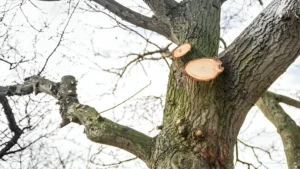
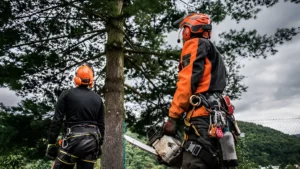



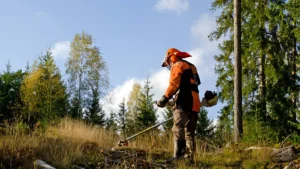

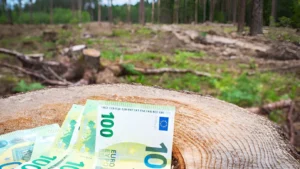

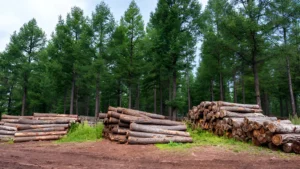
Leave your comment